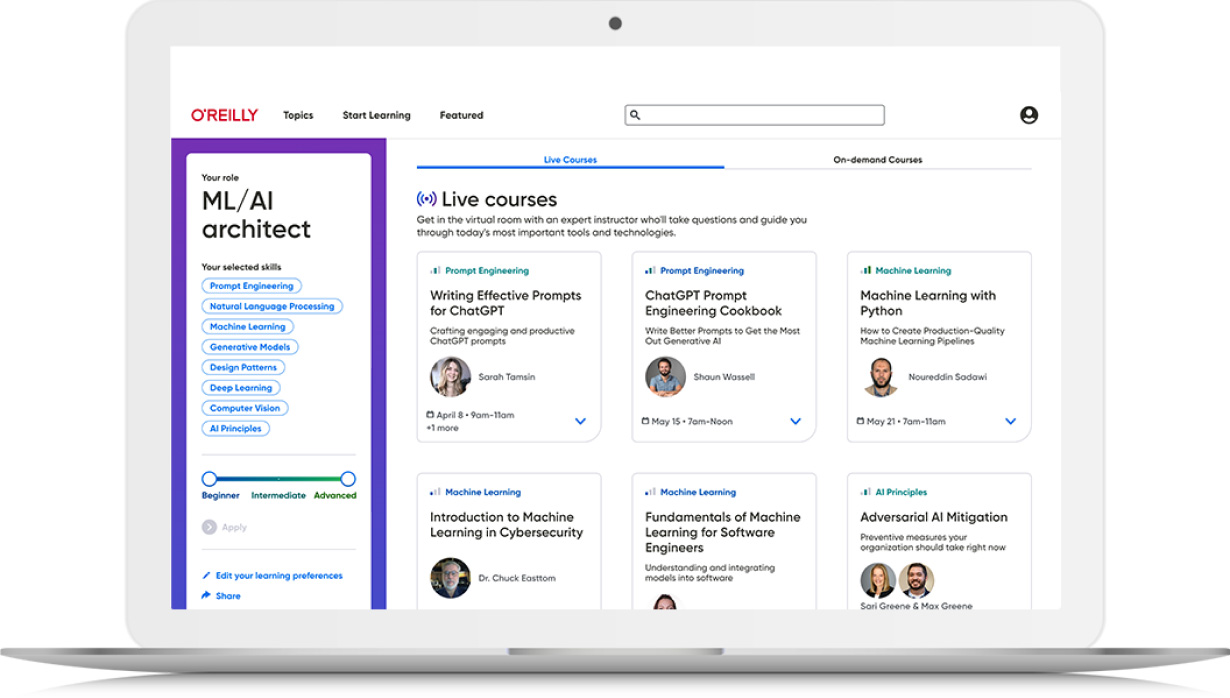Book description
The annoyance factor for individual users whose email is crammedwith pitches for pornography, absurd moneymaking schemes, anddubious health products is fierce. But for organizations, the costof spam in lost productivity and burned bandwidth is astronomical.While society is grappling with a solution to the burgeoning crisisof spam proliferation, the pressure is on system administrators tofind a solution to this massive problem in-house. And fast. Sysadmins can field scores of complaints and spend months testingsoftware suites that turn out to be too aggressive, too passive, ortoo complicated to setup only to discover that SpamAssassin (SA),the leading open source spam-fighting tool, is free, flexible,powerful, highly-regarded, and remarkably effective. The drawback?SpamAssassin's lack of published documentation. SpamAssassinby Alan Schwartz, is the only published resource devoted toSpamAssassin and how to integrate it effectively into yournetworks. This clear, concise guide clarifies the installation,configuration, and use of the SpamAssassin spam-checking system(versions 2.63 and 3.0) for Unix system administrators using thePostfix, Sendmail, Exim, or qmail mail servers, helpingadministrators make the right integration decision for theirparticular environments. It covers concrete advice on how to:
Customize SpamAssassin's rules, and even create new ones TrainSpamAssassin's Bayesian classifier, a statistical engine fordetecting spam, to optimize it for the sort of email that youtypically receive
Block specific addresses, hosts, and domains using third-partyblacklists like the one maintained by Spamcop.net.
Whitelist known good sources of email, so that messages fromclients, coworkers, and friends aren't inadvertently lost.
Configure SpamAssassin to work with newer spam-filteringmethods such as Hashcash (www.hashcash.org) and Sender PolicyFramework (SPF).
Sys admins, network administrators, and ISPs pay for spam withhours of experimentation and tedious junk email management, frayeduser tempers, and their sanity. SpamAssassin, together with thisessential book, give you the tools you need to take back yourorganization's inboxes. "Detailed, accurate andinformative--recommended for spam-filtering beginners and expertsalike." --Justin Mason, SpamAssassin development team
Publisher resources
Table of contents
- Copyright
- Preface
- 1. Introducing SpamAssassin
-
2. SpamAssassin Basics
- 2.1. Prerequisites
- 2.2. Building SpamAssassin
- 2.3. Invoking SpamAssassin with procmail
- 2.4. Using spamc/spamd
- 2.5. Invoking SpamAssassin in a Perl Script
- 2.6. SpamAssassin and the End User
- 3. SpamAssassin Rules
- 4. SpamAssassin as a Learning System
- 5. Integrating SpamAssassin with sendmail
-
6. Integrating SpamAssassinwith Postfix
- 6.1. Postfix Architecture
- 6.2. Spam-Checking During Local Delivery
- 6.3. Spam-Checking All Incoming Mail
-
6.4. Building a Spam-Checking Gateway
- 6.4.1. Installing amavisd-new
-
6.4.2. Configuring amavisd-new
- 6.4.2.1. Essential options
- 6.4.2.2. MTA options
- 6.4.2.3. Daemon process options
- 6.4.2.4. Distinguishing local domains
- 6.4.2.5. Postfix-specific options
- 6.4.2.6. Logging options
- 6.4.2.7. Spam-handling options
- 6.4.2.8. Recipient whitelists
- 6.4.2.9. Sender whitelists and blacklists
- 6.4.2.10. SpamAssassin settings
- 6.4.2.11. Storing recipient preferences in external databases
- 6.4.3. Basic Operations
- 6.4.4. Adding Sitewide Bayesian Filtering
- 6.4.5. Adding Sitewide Autowhitelisting
- 6.4.6. Routing Email Through the Gateway
- 7. Integrating SpamAssassin with qmail
-
8. Integrating SpamAssassin with Exim
- 8.1. Spam-Checking via procmail
- 8.2. Spam-Checking All Incoming Mail
- 8.3. Using Routers and Transports
- 8.4. Using exiscan
-
8.5. Using sa-exim
- 8.5.1. Buiding sa-exim for Static Integration
- 8.5.2. Building sa-exim for Dynamic Integration
- 8.5.3. Configuring SpamAssassin for sa-exim
-
8.5.4. Configuring sa-exim
- 8.5.4.1. Choosing messages on which to run SpamAssassin
- 8.5.4.2. Choosing messages on which to take antispam actions
- 8.5.4.3. Limiting how much of the message is fed to SpamAssassin
- 8.5.4.4. Allowing SpamAssassin to rewrite message bodies
- 8.5.4.5. Archiving messages when actions are taken
- 8.5.4.6. Passing SMTP senders and recipients to SpamAssassin
- 8.5.4.7. Setting a timeout on spamc
- 8.5.4.8. Handling messages that cause sa-exim errors
- 8.5.4.9. Teergrubing
- 8.5.4.10. Accepting and discarding spam
- 8.5.4.11. Rejecting spam
- 8.5.4.12. Temporarily failing spam
- 8.5.4.13. Archiving accepted spam
- 8.5.4.14. Archiving non-spam messages
- 8.5.4.15. Debugging sa-exim
- 8.5.5. Using Per-User Preferences
- 8.6. Building a Spam-Checking Gateway
- 9. Using SpamAssassin as a Proxy
- A. Resources
- About the Author
- Colophon
- Copyright
Product information
- Title: SpamAssassin
- Author(s):
- Release date: July 2004
- Publisher(s): O'Reilly Media, Inc.
- ISBN: 9780596007072
You might also like
book
Managing IMAP
Virtually everything--not just computers, but every kind of device--is coming on board the Internet, and the …
article
Reinventing the Organization for GenAI and LLMs
Previous technology breakthroughs did not upend organizational structure, but generative AI and LLMs will. We now …
book
Spam Kings
"People are stupid, Davis Wolfgang Hawke thought as he stared at the nearly empty box of …
book
Phishing Dark Waters: The Offensive and Defensive Sides of Malicious Emails
An essential anti-phishing desk reference for anyone with an email address Phishing Dark Waters addresses the …

